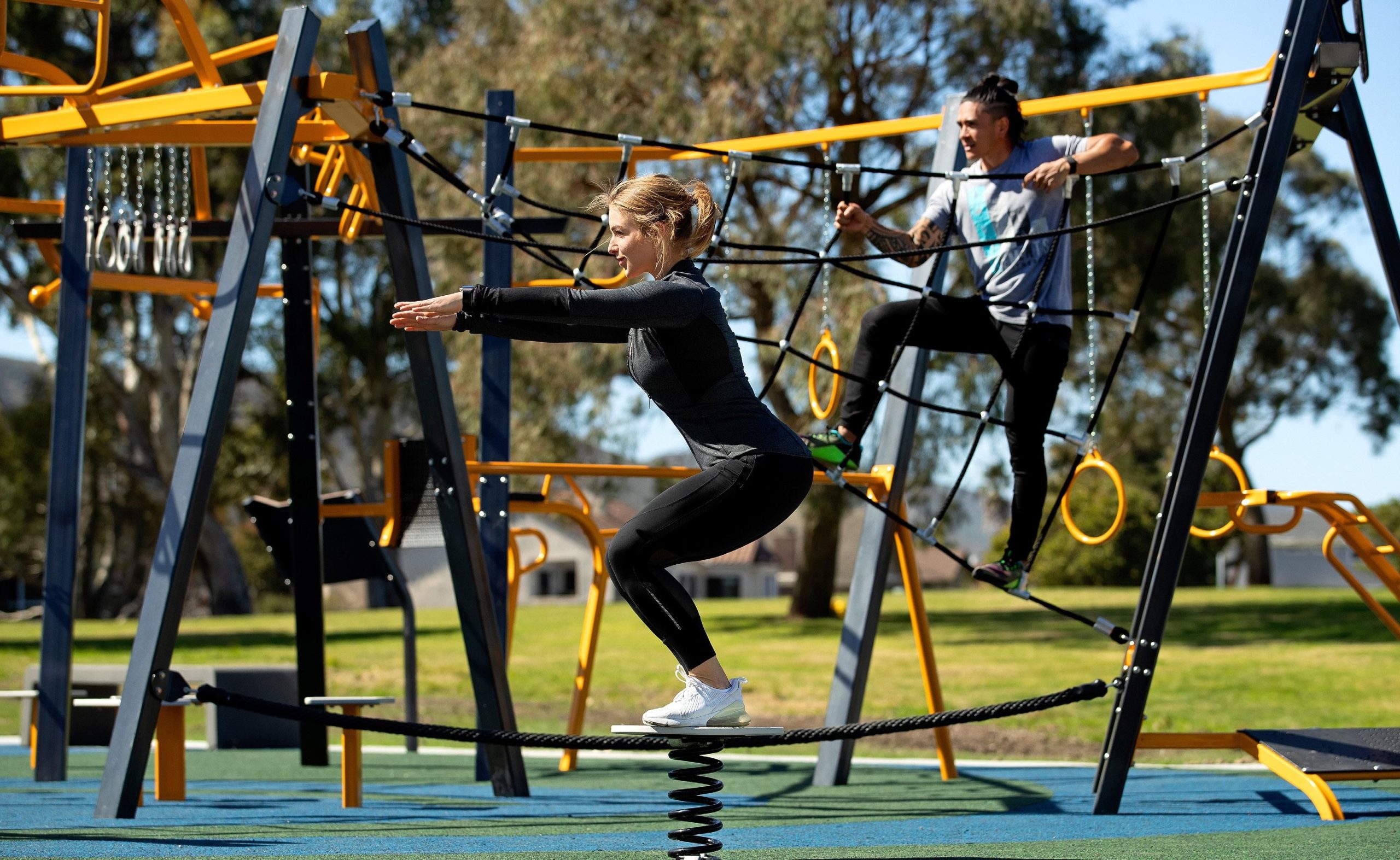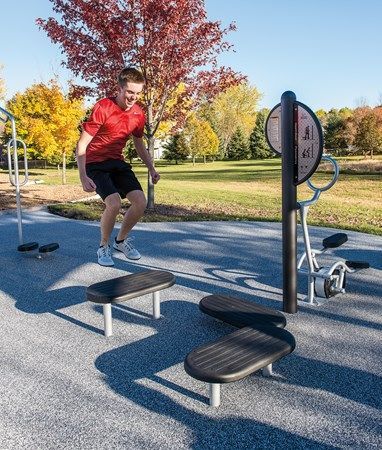
Strength Training for Hikers and Long-Distance Walkers
- 0
When it comes to hiking or embarking on long-distance walks, strength training can be a game-changer. While endurance and cardiovascular fitness are important, having a strong body can make a significant difference in your performance and overall enjoyment of these activities. In this article, we will explore various strength training exercises that are specifically beneficial for hikers and long-distance walkers.
The Importance of Strength Training
Strength training plays a crucial role in supporting the muscles and joints that experience intense stress during hikes or long walks. It not only helps prevent injuries by strengthening the ligaments and tendons but also increases your overall stability and balance. Additionally, a stronger body can handle the demands of carrying a backpack or walking on uneven terrains more effectively. Incorporating strength training into your exercise routine can be extremely beneficial and enhance your hiking or walking experience.
Key Muscles to Target
To optimize your strength training regimen, it’s important to focus on specific muscle groups that are heavily used during hiking or long-distance walking. These muscles include:
Legs: The quadriceps, hamstrings, calves, and glutes are all essential for uphill climbs, descents, and maintaining balance.
Core: A strong core helps with overall stability and balance while carrying a backpack or navigating challenging terrains.
Back and Shoulders: These muscles provide support and stability, especially when carrying a backpack or trekking poles.
Arms and Forearms: Strengthening these muscles can aid in maintaining balance, tackling steep inclines, and using trekking poles effectively.
Recommended Exercises
Now that we understand the importance of strength training for hiking and long-distance walking, let’s explore some exercises that target the key muscle groups mentioned above:
1. Squats
Squats are an excellent compound exercise that targets the quadriceps, hamstrings, and glutes. To perform a squat:
<p>Stand with your feet shoulder-width apart, engage your core, and lower your body as if sitting back into a chair. Ensure that your knees do not extend past your toes. Return to the starting position and repeat for the desired number of repetitions.</p>
2. Lunges
Lunges are fantastic for working the quadriceps, hamstrings, and glutes. To do a lunge:
<p>Step forward with one leg, lowering your hips until both knees are bent at about a 90-degree angle. Push through your front heel to return to the starting position. Alternate legs and continue for the desired number of repetitions.</p>
3. Planks
Planks are an effective exercise for strengthening the core. To perform a plank:
<p>Begin in a push-up position, with your forearms on the ground and elbows directly beneath your shoulders. Keep your body in a straight line, engage your core, and hold the position for as long as possible. Repeat for multiple sets.</p>
4. Rows
Rows are great for targeting the back and shoulders. You can perform rows using dumbbells or resistance bands:
<p>Stand with your feet hip-width apart and hold dumbbells or resistance bands with your palms facing your thighs. Keep your back straight, engage your core, and bring the weights toward your body by squeezing your shoulder blades together. Lower the weights and repeat for the desired number of repetitions.</p>
5. Push-Ups
Push-ups not only work the arms and forearms but also engage the core. To do a push-up:
<p>Start in a plank position with your hands directly under your shoulders. Lower your body by bending your elbows, keeping them close to your sides, until your chest nearly touches the ground. Push back up to the starting position. Repeat for the desired number of repetitions.</p>
Conclusion
Strength training should be an integral part of any hiking or long-distance walking preparation. By targeting key muscle groups and incorporating exercises like squats, lunges, planks, rows, and push-ups, you can improve your strength, stability, and overall performance. Remember to start with lighter weights or resistance and gradually increase as you become more comfortable. With consistent training, you’ll be better equipped to conquer challenging trails, enjoy breathtaking views, and make the most of your hiking or long-distance walking adventures!

